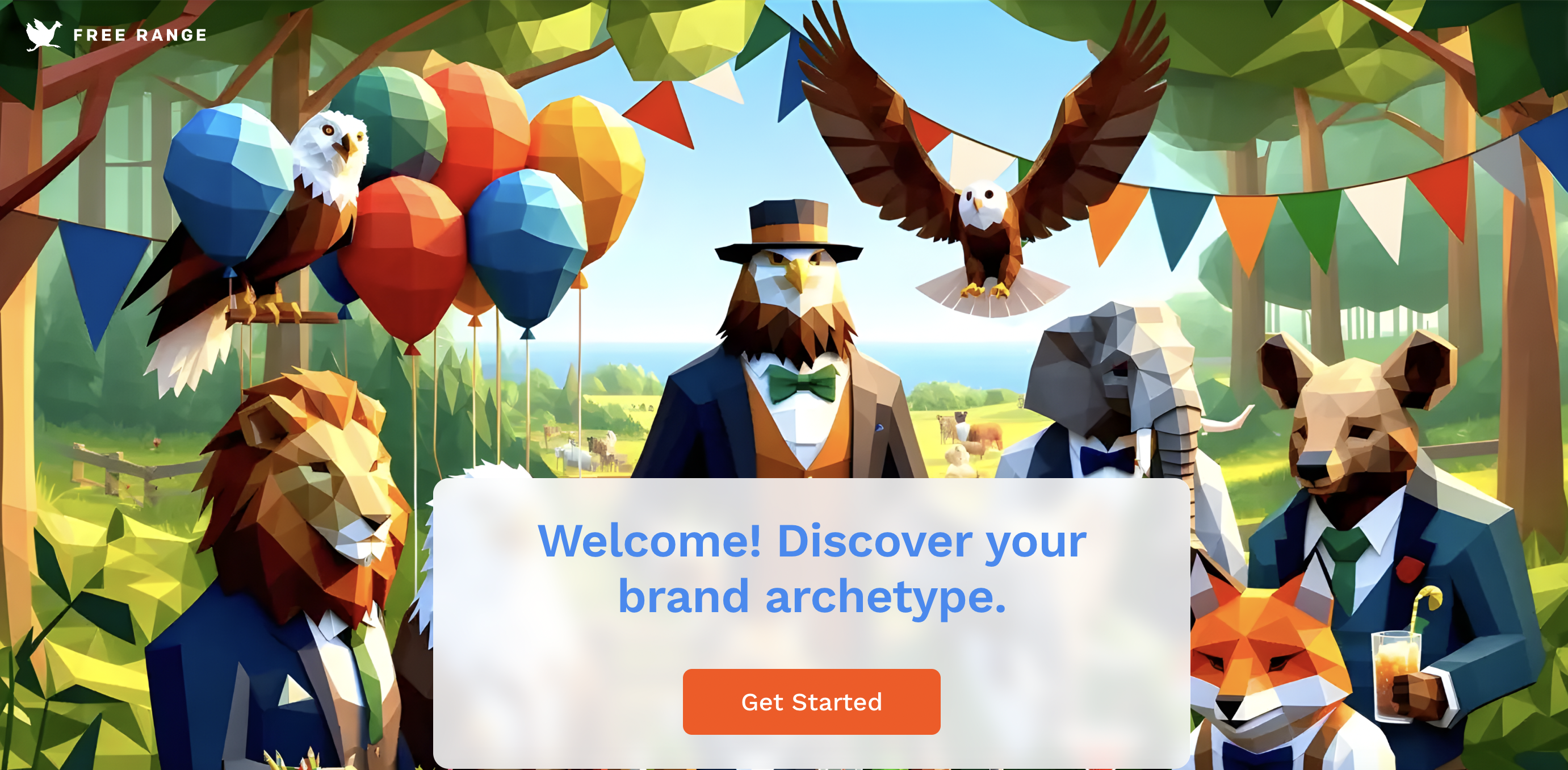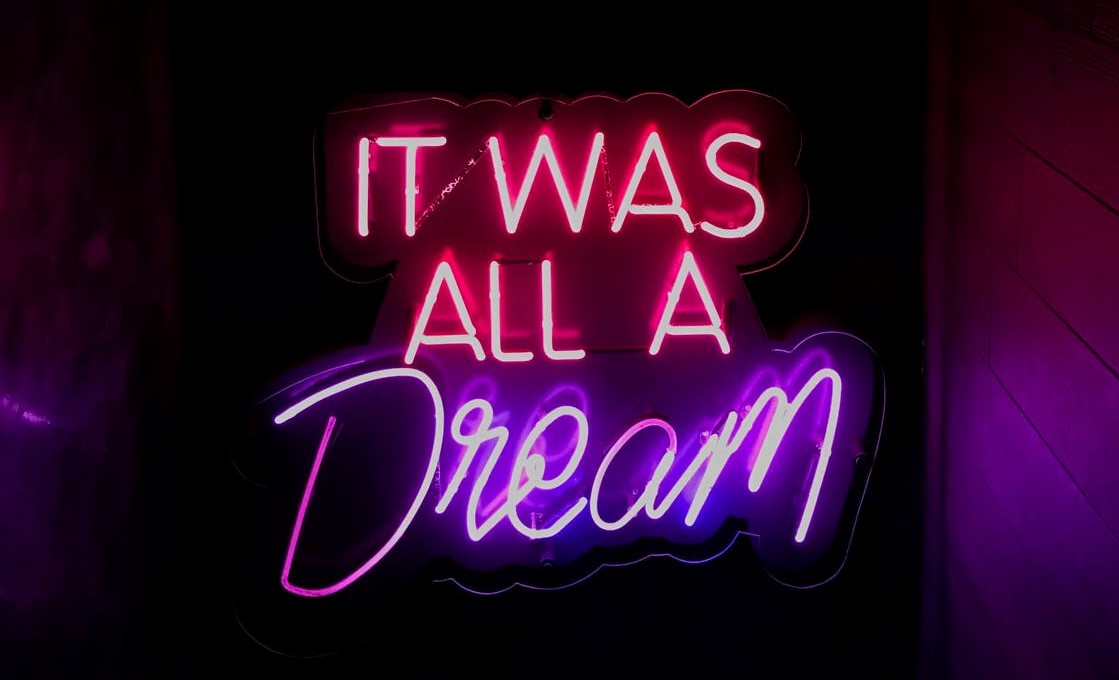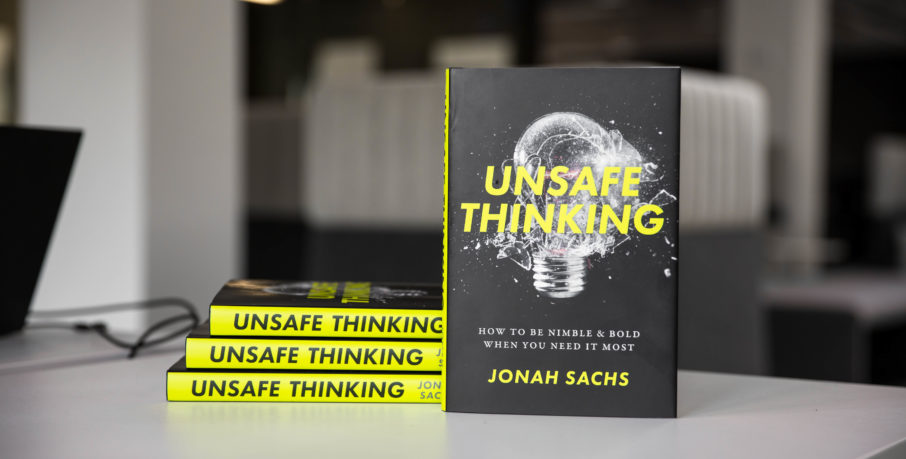As marketers, we don’t always have the luxury of time.
We can lovingly imagine each of our prospects travelling the full length of the user journey we crafted just for them—delighting in our top-of-funnel content, devouring our case studies, and, finally, making that sweet, sweet purchase or donation. But in the real world, we may never get that much of their attention. The members of our target audience might be distracted, or in a rush. Under these circumstances, we’ll be lucky to engage them with a thirty-second ad, never mind a full blog post.
The audience’s time is valuable. For those moments when they can’t spare much, it’s important that we know how to share the core of our brand stories quickly and clearly, with just a few well-chosen words and images.
This is a big challenge—but, as our client Avaaz demonstrates in the following video, it’s far from impossible.
Long Story—Short Runtime
Avaaz, a web movement focused on democratizing decision-making processes around the world, wanted to communicate the importance of campaign finance reform to the future of American politics.
This is a massive, complicated story. Avaaz knew its audience wouldn’t have the time to take it in all at once. Instead, the organization came to us for help producing a thirty-second campaign video—one which would get across the most important parts of the story and inspire viewers to help remove “dirty money” from politics.
Using the brand storytelling techniques outlined in Free Range founder Jonah Sachs’ Winning the Story Wars, we created a video that puts Avaaz’s audience at the center of the story, encouraging them to own their own power and take action.
Cute Kids...and a World Out of Balance
We’ve spoken elsewhere about the Hero’s Journey. This storytelling framework, first developed by mythologist Joseph Campbell, can help organizations structure their brand stories in a way that will be most readily absorbed by target audiences.
When building out a story using the Hero’s Journey, it’s important to provide an audience with a sense of the “Ordinary World”—the typical state of affairs, or the status quo. In most cases, the cycle of the Hero’s Journey kicks off because there is a problem in the Ordinary World. Illness, injustice, or some other dilemma has upset the usual balance of things, and made it necessary for the Hero to find a solution.
In the context of the Avaaz campaign, the Ordinary World is one in which people—and children in particular—can reasonably put their faith and trust in government institutions. To quickly communicate this idea, we opened the video with images of American kids doing things that demonstrated pride in their country: drawing flags, celebrating the Fourth of July, and so on.
To further refine that message, we pulled in a single line of text, superimposed over additional drawings highlighting patriotic themes.
The implication, of course, is that the American government is not currently working in the best interest of these kids—that their simple faith in a well-run democracy is misplaced.
By this point in the spot, Avaaz has established two key points for its audience to consider:
- The nature of the Ordinary World we think we inhabit, and
- The problem affecting that Ordinary World, which pulls it out of balance.
The Call to Adventure (and Campaign Finance Reform)
Like many a mission-driven call to action, the Avaaz video also serves as a Call to Adventure in the audience’s experience of an overarching brand story. That is, following Campbell’s framework, the video crystalizes an important moment in the audience’s adventure with the brand—the point at which they must decide whether to take part in the cause, and take on the mantle of a Hero.
In this particular video, the Call to Adventure takes the form of a text-based CTA. First, we offered viewers a challenge: to reshape the world so that it actually does align with the best hopes of the children who drew those pictures.
Finally, we ended with a firm statement of the problem and its solution, letting the viewer know what will need to change before the world is made right again—and who they can turn to for help in making that change.
The Role of the Brand
You might have noticed that this video never identifies the Avaaz brand as the Hero of this particular story. That honor goes to the viewer, who is called upon to complete their own Journey by taking part in the movement to restore healthy democracy.
This is a deliberate move. As we’re fond of pointing out, the best brand stories don’t usually cast the brand as the Hero, diving in to save bumbling consumers from their own inadequacies. Instead, great brand storytelling casts the audience as the Hero, and the brand as the wise and knowledgeable Mentor who can help them on their way. This helps audiences feel empowered to tackle their own problems—and positions the brand as a friendly ally, rather than an annoying intruder stepping between them and their content.
We see this play out in the above video, where Avaaz offers center-stage to the audience, rather than hogging the story to itself. Here, Avaaz positions itself as a source for guidance and information about the topic of campaign finance reform—not as the Hero who will single-handedly “ban big money in politics.” This leaves room for viewers to imagine themselves in this story, and recognize how Avaaz’s mission can play a part in their own lives.
Story at Speed
In this video, Avaaz establishes:
- What the “Ordinary World” looks like in the context of this campaign—the way things ought to be;
- The problem harming the Ordinary World; and
- A compelling Call to Adventure—information about the problem, and a clear way to solve it.
And all that in half a minute.
While it’s far from easy, setting up the groundwork for a brand story can be done in a short amount of time. With a bit of ingenuity—and the help of the Hero’s Journey framework—any brand with purpose can tell a story that catches an audience’s attention...even if the window is a small one.



